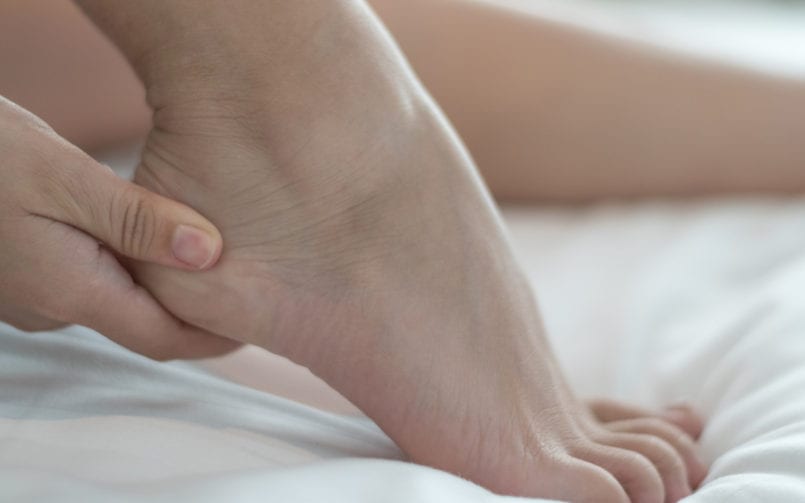
Bone Spurs: Causes, Symptoms, and Treatment
A bone spur is a smooth, hard growth that develops on a bone. They typically form at a joint, where two bones meet. They are most commonly found on the feet, knees, hips, spine, and shoulders. Bone spurs themselves don’t always negatively affect foot health, but they may become a problem if they press against nerves or rub up against other bones.
What causes bone spurs?
Bone spurs typically develop as the result of an injury to a tendon or joint. The body believes the bone has been damaged, so it attempts to repair itself by building additional bone. Conditions like osteoarthritis, rheumatoid arthritis, lupus, and gout can also damage joints, causing bone spurs to develop.
What are the symptoms of bone spurs?
Bone spurs may show no symptoms and go undetected for years. In fact, you might not realize you have them at all until an x-ray for a separate condition reveals the bony growths. On the other hand, symptoms are likely to become noticeable if the bone spurs press against a nerve or a bone. Symptoms may include:
- Pain or stiffness when bending or moving the affected joint
- Weakness, muscle spasms, or weakness
- A bump under the skin
How are bone spurs treated?
Oftentimes, bone spurs don’t require treatment unless they are causing pain or damage to other tissues. To treat symptoms and prevent damage, a doctor may recommend any of the following.
- Stretching the affected area
- Deep tissue massage
- Nonsteroidal anti-inflammatory drugs like ibuprofen
- Wearing different footwear or adding a shoe insert
- Corticosteroid injection to reduce pain and inflammation
- Minimal incision surgery
Three-quarters of Americans will experience foot health problems at one time or another, and19% of the U.S. population has an average of 1.4 foot problems each year. If you are experiencing foot pain, weakness, or any other symptoms, visit Dr. Moy, D.P.M. Doctor of Podiatric Medicine. Board Certified by the American Board of Podiatric Surgery, Dr. Moy is a recognized leader of virtually pain-free foot surgery. He specializes in bunion removal and various other surgical procedures of the foot and ankle.